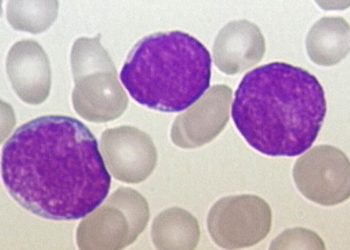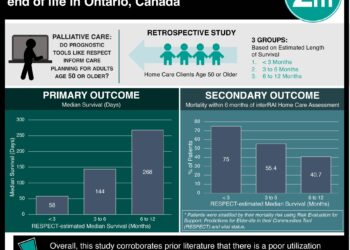Shared decision-making may be limited in PICU end-of-life discussions
1. In 47 end-of-life discussions recorded at 2 Dutch PICUs, most physicians communicated information regarding the situation, treatment, prognosis, options, and the team’s preferred course of action to parents.
2. Though parents actively participated in discussions, none were asked their preferences for the decision-making process. Parents were asked to share in the final decision regarding withholding or withdrawing life-sustaining treatment (LST) in only 2 of the 19 cases.
Study Rundown: Most parents prefer a shared approach when it comes to end-of-life decisions for their children, an act that may decrease parental grief in the long term. This study sought to characterize communication between physicians and parents regarding withholding or withdrawing LST and to determine the extent to which a shared approach is utilized. Conversations were analyzed for specific coded behaviors during 3 researcher-defined stages of the decision making process: providing and receiving information, deliberation, and reaching a final decision. The majority of physicians provided information about the situation, treatment effects, prognosis, and options; however, only 3 asked for a summary from the parents regarding information conveyed during the discussion and 0 physicians provided a summary. While most physicians presented the team’s preferences, none asked parents what they wanted their role to be in the decision-making process and only 4 asked parents about their values and preferences regarding LST. Parents were asked to share in the final decision in only 2 of the cases. Though this study is limited by a small sample size including only 2 Dutch medical centers, generalizability, and the presence of a researcher during conversations. However, this study identifies mechanisms by which end-of-life discussions between physicians and parents can be enhanced, such as by asking such as by asking parents the role that they would like in the decision-making process in order to better identify those that would prefer a more shared approach.
Click to read the study, published today in Pediatrics
Relevant Reading: Families looking back one year after discussion of withdrawal or withholding life-sustaining support
In-Depth [prospective study]: Twenty-seven physicians and 37 parents of 19 children participated in a total of 47 audio-recorded conversations regarding a decision to withhold or withdraw LST for their child at 2 Dutch medical centers. Transcripts of recorded conversations were analyzed for pre-identified coded behaviors for providing and receiving information, deliberation, and reaching a decision. Participating children were a mean age of 4 years and had a total duration of medical care ranging from <24 hours to >6 months; main diagnoses included congenital disorder (n=11), acute illness (n=1), neurotrauma (n=2), sudden infant death syndrome (n=2), cancer (n=1), and perinatal asphyxia (n=1). A majority of parents spoke Dutch (62%); reported religious affiliations included Christian (35%), Islamic (16%), none (6%), and unknown (43%). Most physicians did not have a long-term relationship with participating families (84%). There was a median of 2 meetings per patient, with a range of 1 to 8. During meetings, physicians spoke a mean of 67% of the time, while parents spoke 30% and nurses spoke 3% of the time. Though none of the parents were asked about preferences regarding additional treatment, parents expressed preferences in 16 of 19 cases anyway. In 5 of these cases, parents expressed a desire for continuing or restarting treatment, while physicians recommended withdrawing or withholding LST. In only 2 cases did physicians ask parents what decision they thought should be made. Extent of sharing was characterized as “some sharing”, in which information and preferences were shared and decision-making was left to physicians.
More from this author: AAP highlights pediatricians’ play role in improving oral health; Standardized central line care practices reduce bloodstream infections; Single-family room model improves NICU outcomes; Maternal verbal interaction more common than paternal during infancy; Socioeconomic status linked to specific infant dietary patterns
Image: PD
©2014 2 Minute Medicine, Inc. All rights reserved. No works may be reproduced without expressed written consent from 2 Minute Medicine, Inc. No article should be construed as medical advice and is not intended as such by the authors, editors, staff or by 2 Minute Medicine, Inc.







